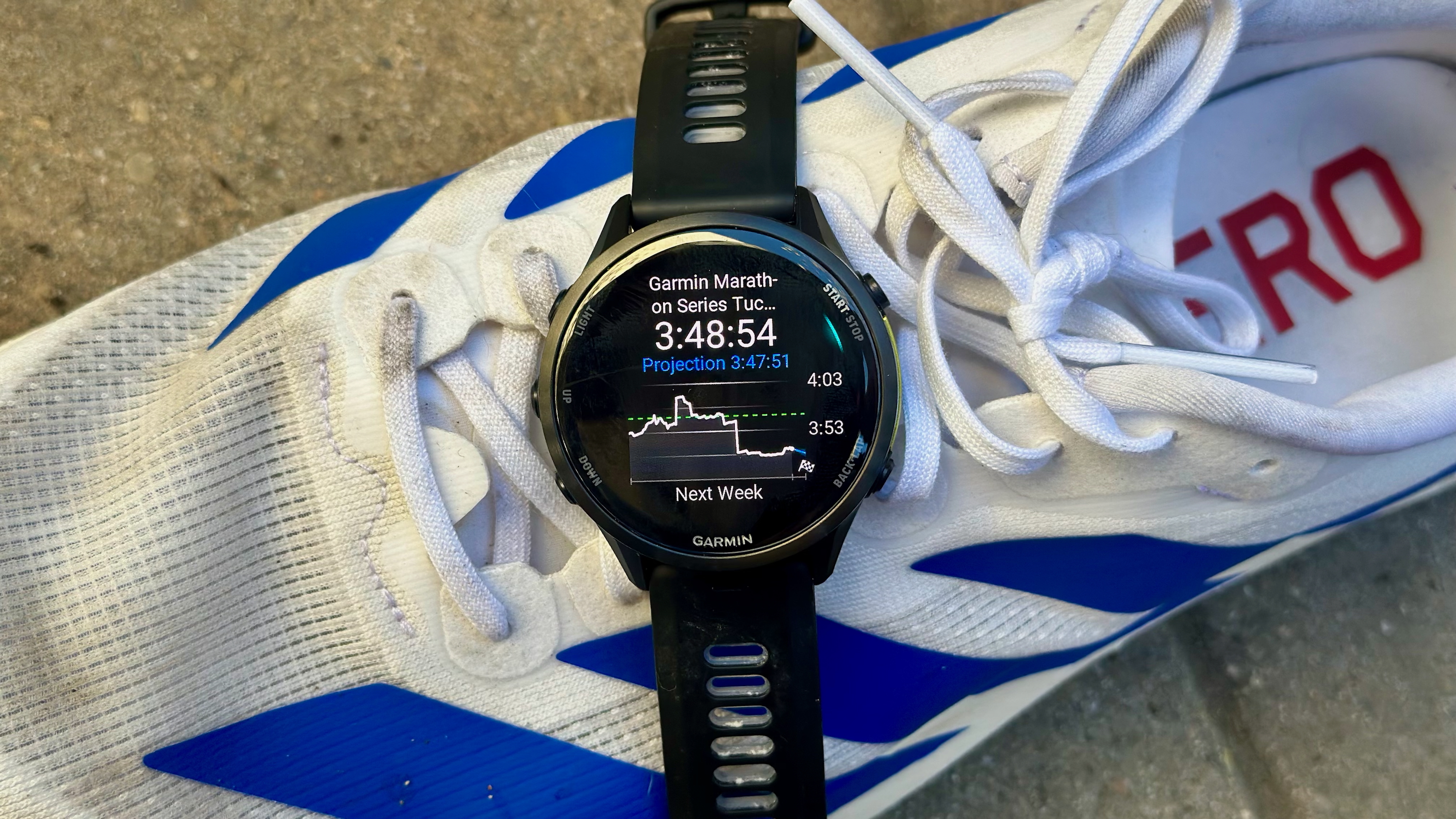Google Pixel Buds A-Series vs. Google Pixel Buds: Who are better buds?
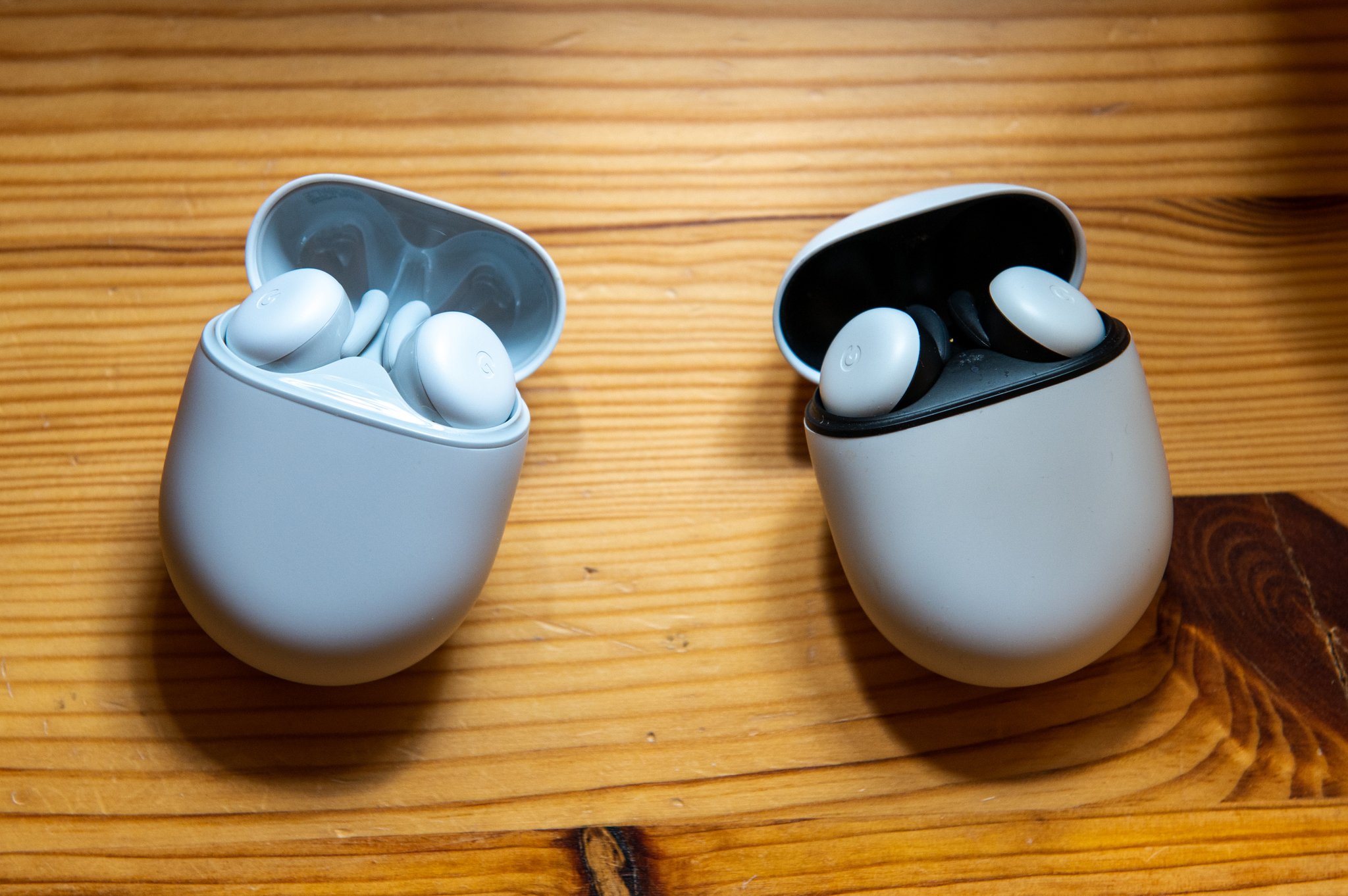
Google Pixel Buds A-Series
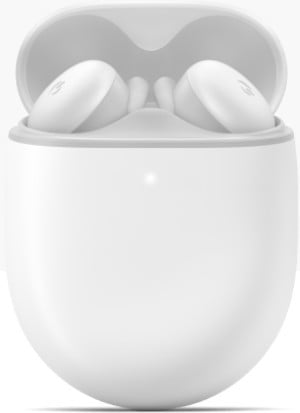
Google brought its Pixel Buds back, only instead of an improved sequel, it opted for a more affordable variant of its existing Pixel Buds. The A-Series pair leave a few things behind, but the major pieces are still in place, and that's what makes them such an attractive target for your ears.
Google Pixel Buds A-Series
Familiar take
Google Pixel Buds
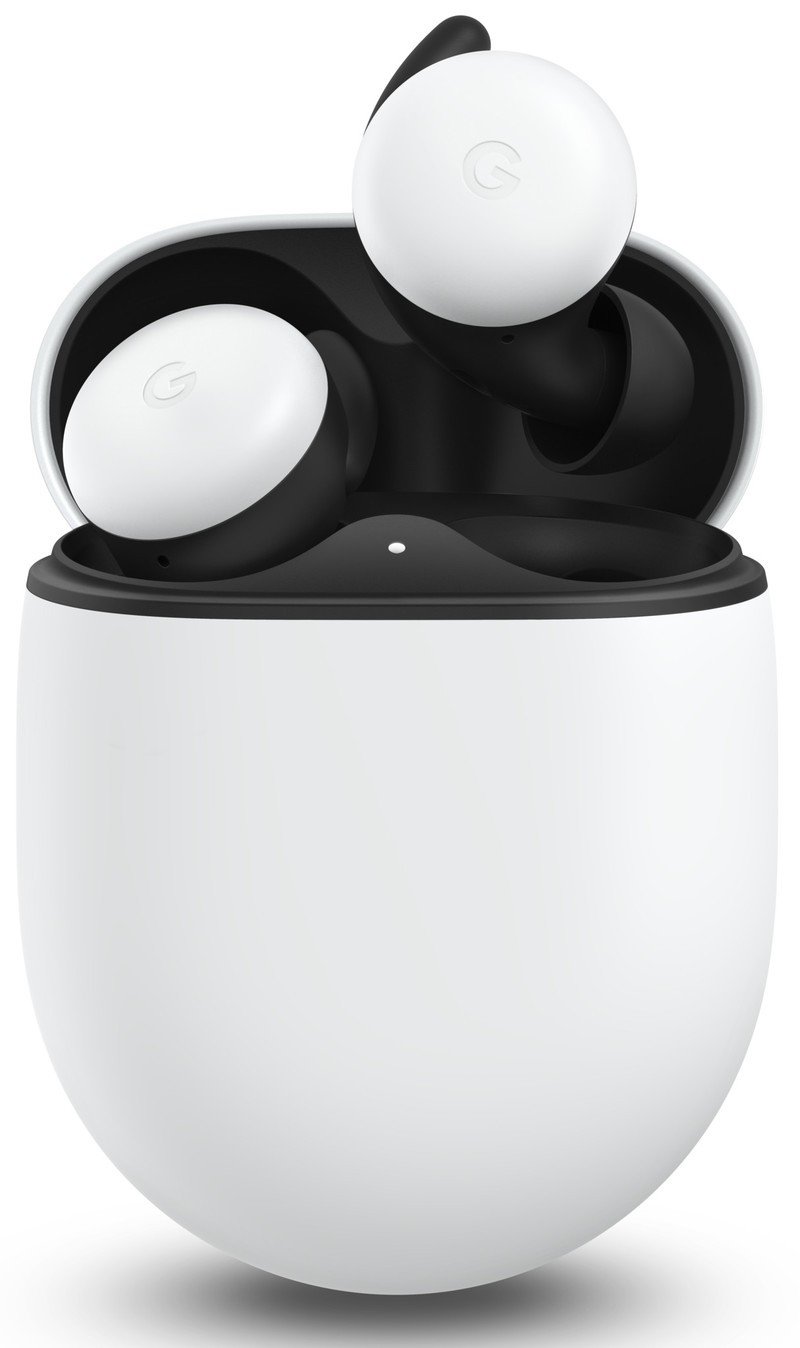
The Pixel Buds were Google's first attempt at true wireless earbuds, and they managed to strike a nice balance between comfort, reliability, and audio performance. That pedigree formed the basis for the newer A-Series, but these are the earbuds that include everything those are missing.
Google Pixel Buds
Original make
Anytime two pairs of earbuds are this similar, the differences are either patently obvious, or require some direction from the manufacturer. In this case, it's a little of both because the Pixel Buds A-Series are entirely based on their more technical siblings, meaning they only truly deviate when it comes to certain features. In essence the A-Series are meant to complement the Pixel Buds, not replace them, but that may also depend on how you look at the discrepancies here.
Google Pixel Buds A-Series vs. Google Pixel Buds: What sets them apart?
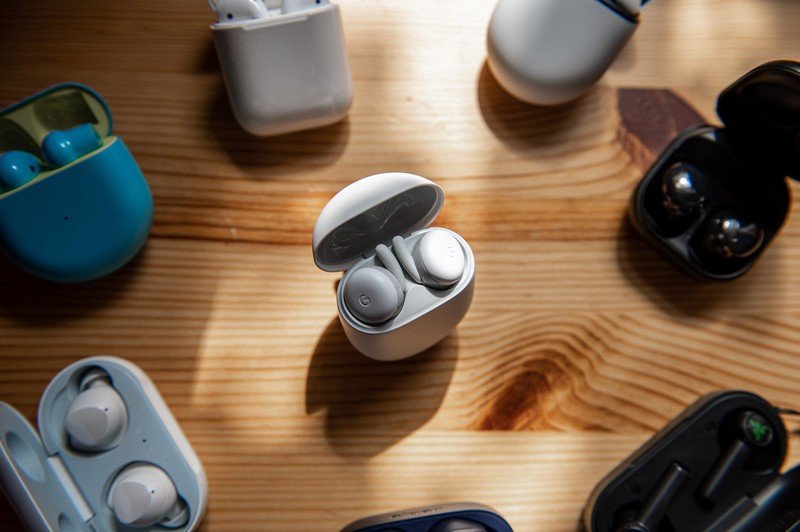
Look at these two on paper, and the differences aren't apparent at all. Well yes, there is the fact the A-Series have a case that won't charge wirelessly, but the other metrics are the same, setting the same expectations in performance. The best wireless earbuds available now include the Pixel Buds, so it would stand to reason that the A-Series would find their way among them when they're so close functionally.
Except, Google is making a budget play here, and it could only do that by subtracting features it thinks people would be willing to give up to get to that cheaper price. Will it matter to you if you can no longer swipe on the outside of the earbuds to adjust volume or other tasks? Will it bother you if the A-Series buds don't pause as quickly when you take one out of your ears?
| Header Cell - Column 0 | Google Pixel Buds A-Series | Google Pixel Buds |
|---|---|---|
| Durability | IPX4 | IPX4 |
| Bud battery life | 5 hours | 5 hours |
| Case battery life | 24 hours | 24 hours |
| Wireless charging case | No | Yes |
| Connectivity | Bluetooth 5.0 | Bluetooth 5.0 |
| Digital assistant support | Google Assistant | Google Assistant |
| Supported audio codecs | SBC, AAC | SBC, AAC |
| Speaker size | 6mm drivers | 6mm drivers |
| Active noise cancelation (ANC) | No | No |
| Ambient sound mode | Not exactly | Not exactly |
It almost seems like splitting hairs when putting it in those terms, but that's what sets these two apart. It's the little things that Google could afford to remove, rather than anything related to audio performance that might rankle users expecting consistency.
Case in point (pun intended), the A-Series has a charging case with no wireless charging support. You'll have to use the included USB-A to USB-C cable to fill them up every time. They do support fast charging, so plug in for 15 minutes, and you should get up to three hours of playback. The A-Series, despite removing a couple of hardware features, don't improve on battery life, so neither pair holds an edge there. That's a shame because going up to five hours per charge — with no active noise cancelation (ANC) — is pretty pedestrian by today's standards.
Get the latest news from Android Central, your trusted companion in the world of Android

When the music plays, there's no real difference in how either of them sound. That's more a boon for the A-Series because, as the more affordable pair, it's not unreasonable to assume they won't sound better than the more expensive pair between them. That's why this isn't a comparison with an upgrade in mind, it's more a lateral pivot.
All of the audio features apply, including the sound signature, Adaptive Sound mode, Attention Alerts, Bass Boost, and the transcription feature. Since the A-Series don't come with ANC or an ambient mode, Adaptive Sound is the next best thing, where the volume increases or decreases based on how much background noise you're immersed in. When you take off one of the earbuds, they will pause playback, and resume it again when putting them back on, but the more advanced Pixel Buds have dual IR proximity sensors, compared to the single IR sensors in the A-Series.
When the music plays, there's no real difference in how either of them sound.
So much of the meat is still on the bones, though. Google chose not to touch the sound at all, which has its ups and downs, but also portends something to come. When the company does a feature drop, it would likely apply to both pairs, so if there is a newer audio feature or tweak, the A-Series is just as likely to get it.
Google Pixel Buds A-Series vs. Google Pixel Buds: Assistant on demand
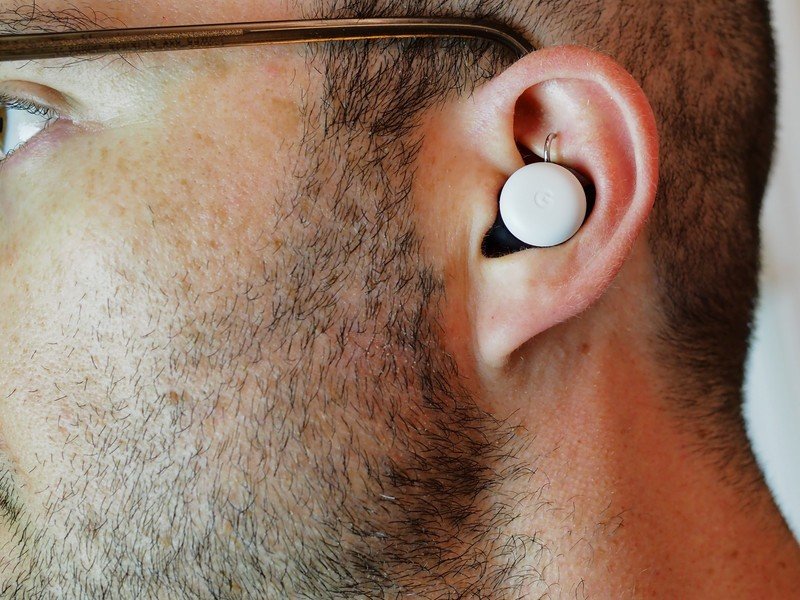
Google also opted not to mess with the integrated Assistant, giving you the same hands-free functionality the previous Pixel Buds already had. It's been one of the coolest integrations for any voice assistant and pair of earbuds, and it's nice to see the A-Series benefits from it exactly the same way. That also extends to reading out incoming notifications, putting the Assistant to work in a number of ways.
You still can't get either pair to work the same way with Siri or Alexa, but then again, these are clearly oriented toward Android and Google users anyway. Not that you can't use either pair with iOS devices, only that you won't get this kind of Assistant integration. Google didn't alter the microphone array for the A-Series, so they pick up your voice exactly the same way.
Google Pixel Buds A-Series vs. Google Pixel Buds: Connectivity concerns
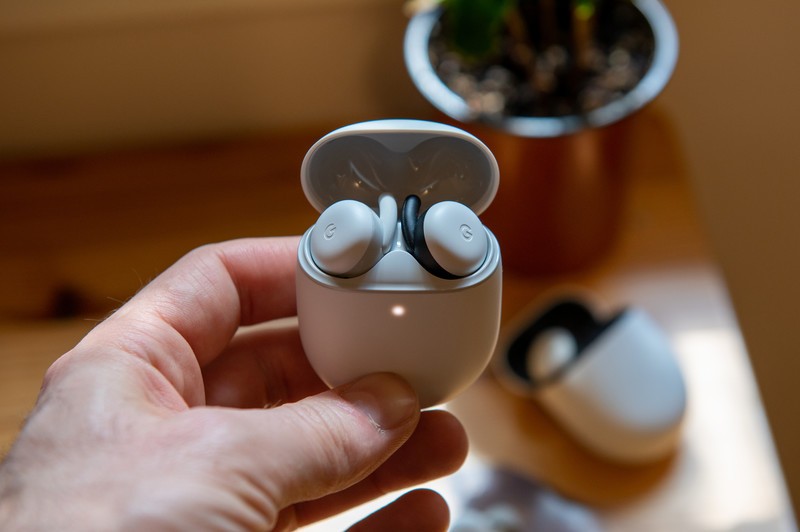
While the Pixel Buds have shown themselves to be fantastic earbuds in most respects, since their release in April 2020 there's been a regular, low-volume chorus of users complaining of connectivity issues. Two of them are on the Android Central staff, Daniel Bader and Ara Wagoner. While the problems usually only crop up in areas of considerable Bluetooth interference, losing sync between the earbuds themselves, or between the buds and the phone, is a frustrating and discouraging experience.
Google says that it has prevented any such interference issues with the Buds A-Series due to a higher-gain antenna between the buds and the phone, as well as re-architecting the earbuds so that they communicate independently with the phone rather than rely on a primary-secondary relay system. So far, Android Central's editor-in-chief, Daniel Bader, has experienced completely solid connectivity using the Pixel Buds A-Series, even when using them in high-density areas.
Google Pixel Buds A-Series vs. Google Pixel Buds: Which one should you go with?
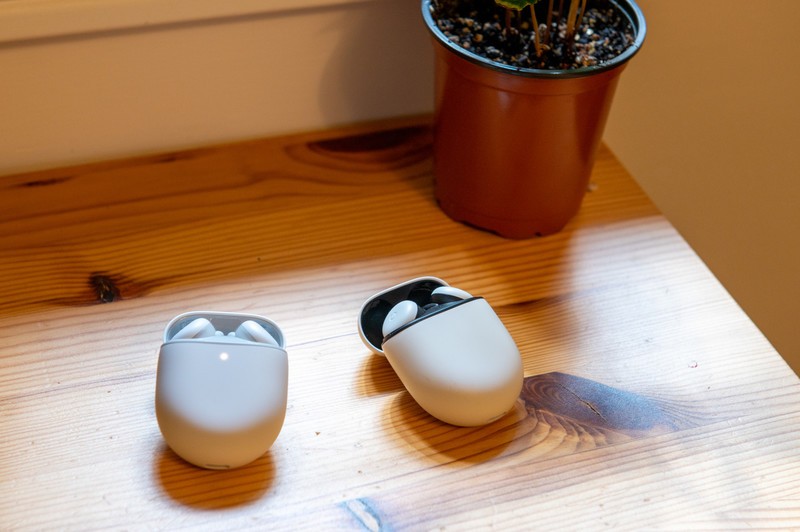
If you're new to Pixel Buds, the choice between these two may come down to price alone. When two pairs are this close together, it's the ancillary things that determine which way you might go. For instance, the A-Series come in two colors: clearly white and dark olive, whereas the Pixel Buds come in Clearly White, Just Black, Quite Mint, and Oh So Orange. Bear in mind, it's the earbuds themselves that have those colors. The case is always the same neutral white.
The A-Series are affordable enough to be among the best cheap wireless earbuds available, only adding to how compelling they can be. If budget matters, the choice is obvious. But if you're all about having every tech feature a product can offer, and want to risk potential connectivity issues, then the Pixel Buds may be where you prefer to be.

Ted Kritsonis loves taking photos when the opportunity arises, be it on a camera or smartphone. Beyond sports and world history, you can find him tinkering with gadgets or enjoying a cigar. Often times, that will be with a pair of headphones or earbuds playing tunes. When he's not testing something, he's working on the next episode of his podcast, Tednologic.
